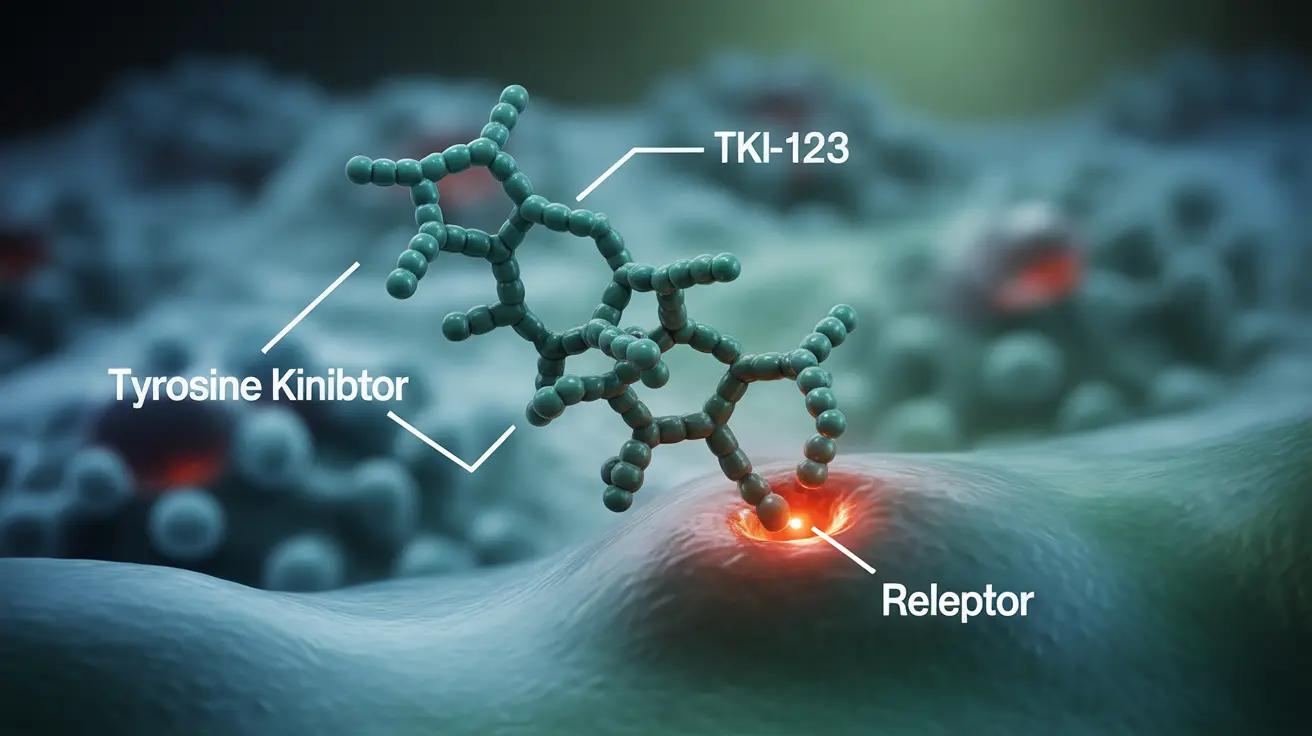Chronic myeloid leukemia (CML) treatment has evolved dramatically in recent years, offering patients more hope than ever before. With groundbreaking developments in targeted therapies and innovative treatment approaches, many patients are achieving deep molecular responses and even treatment-free remission.
Understanding the latest treatment options and potential paths to cure is crucial for patients and healthcare providers alike. This comprehensive guide explores current therapeutic strategies, emerging treatments, and promising research developments in CML management.
Understanding Current Treatment Landscape
The treatment landscape for CML has been revolutionized by targeted therapies, particularly tyrosine kinase inhibitors (TKIs). These medications have become the cornerstone of CML treatment, offering excellent disease control and improved survival rates for many patients.
First-Line Treatment Options
Current first-line treatment typically involves one of several approved TKIs:
- Imatinib (Gleevec)
- Nilotinib (Tasigna)
- Dasatinib (Sprycel)
- Bosutinib (Bosulif)
- Ponatinib (Iclusig)
Advanced Treatment Approaches
For patients who don't respond adequately to initial therapy, several advanced treatment options are available:
- Second and third-generation TKIs
- Combination therapy approaches
- Novel molecular targeted agents
- Immunotherapy options
Treatment-Free Remission: A New Treatment Goal
Treatment-free remission (TFR) represents a significant advancement in CML care. Patients who achieve and maintain deep molecular responses may be candidates for discontinuing TKI therapy under careful medical supervision.
Qualifying for TFR
Specific criteria must be met before attempting TFR:
- Sustained deep molecular response for at least 2 years
- Regular monitoring capabilities
- No prior treatment resistance
- Continuous TKI therapy for a minimum period
Stem Cell Transplantation in CML
While less common in the TKI era, allogeneic hematopoietic stem cell transplantation remains an important option for specific patient groups:
- Those resistant to multiple TKIs
- Patients in accelerated or blast phase
- Young patients with high-risk disease features
Emerging Therapeutic Approaches
Several promising developments are shaping the future of CML treatment:
- Novel TKI formulations with improved safety profiles
- Targeted therapy combinations
- Immunotherapy approaches
- Cellular therapy innovations
Monitoring and Response Assessment
Regular monitoring using sensitive molecular techniques is crucial for:
- Evaluating treatment effectiveness
- Detecting early signs of resistance
- Identifying candidates for TFR
- Adjusting therapy as needed
Frequently Asked Questions
What are the latest treatment options and drug developments for chronic myeloid leukemia (CML) in 2025? The latest treatments include improved TKI formulations, combination therapy approaches, and novel targeted agents. Research is focusing on developing treatments with better safety profiles and higher efficacy.
How effective are tyrosine kinase inhibitors (TKIs) in managing CML and is there a potential cure? TKIs are highly effective, with many patients achieving deep molecular responses. While not a traditional cure, TKIs can lead to treatment-free remission in eligible patients, representing a functional cure for some.
What is treatment-free remission (TFR) in CML, and who qualifies to stop taking TKIs safely? TFR is the ability to maintain remission without continued TKI therapy. Patients who maintain deep molecular responses for at least 2 years and meet specific criteria may qualify for TFR attempts under close medical supervision.
When is allogeneic hematopoietic stem cell transplantation recommended for CML patients? Stem cell transplantation is typically recommended for patients who are resistant to multiple TKIs, those in advanced disease phases, or young patients with high-risk disease features.
How are new clinical trials improving the chances of cure and long-term remission in CML? Clinical trials are exploring novel drug combinations, improved TKI formulations, and innovative therapeutic approaches to enhance treatment outcomes and increase the probability of achieving treatment-free remission.
Always consult with healthcare providers for personalized treatment decisions based on individual circumstances and the latest available options.




